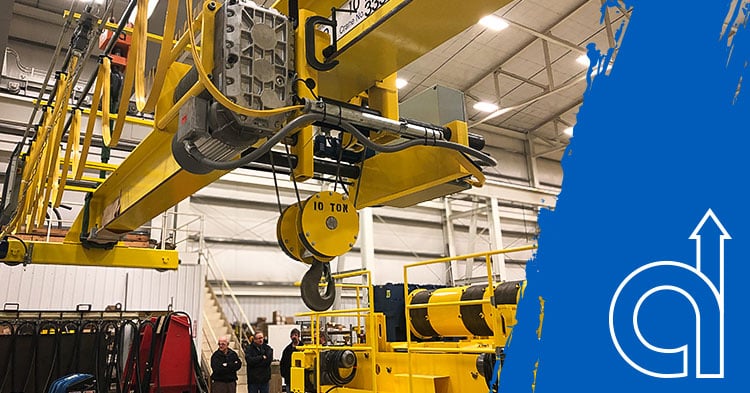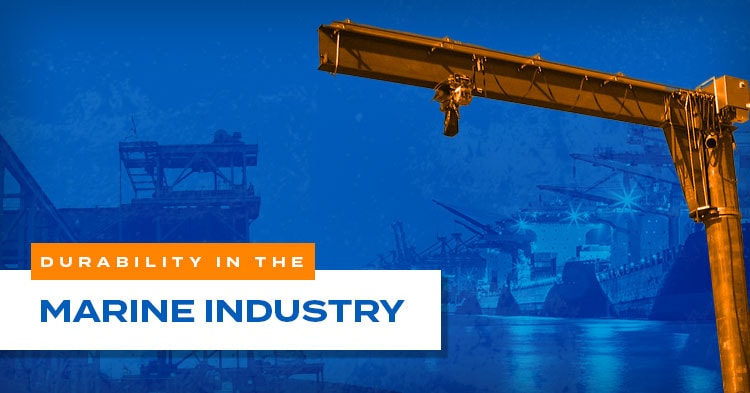
by American Crane | Aug 22, 2024 | Industry News, Manufacturers, News and Events Post
In the fast-paced world of industrial operations, the safety and efficiency of equipment are paramount. One critical aspect of crane operation safety is the implementation of anti-collision systems. These systems use electrical means to prevent two or more cranes from...

by Michele Kienle | Jun 11, 2024 | Critical Lift, Industry News, Manufacturers, Marine Industry, Outdoor Crane Applications, Overhead Equipment
The Marine Industry serves as a cornerstone of our global economy, operating within a unique and challenging environment, requiring specialized equipment to meet its demanding needs. Here at American Crane & Equipment Corporation we have decades of experience and...
by Michele Kienle | Jun 30, 2015 | Featured Products, News and Events Post, Preventing Warehouse Accidents, Preventing Workplace Emergencies
When you have an aerospace critical lift that could impact your project or the environment, it’s doubly important to follow all the proper procedures for safety and compliance. Many people are unsure of the exact legal requirements and the best way to ensure...




